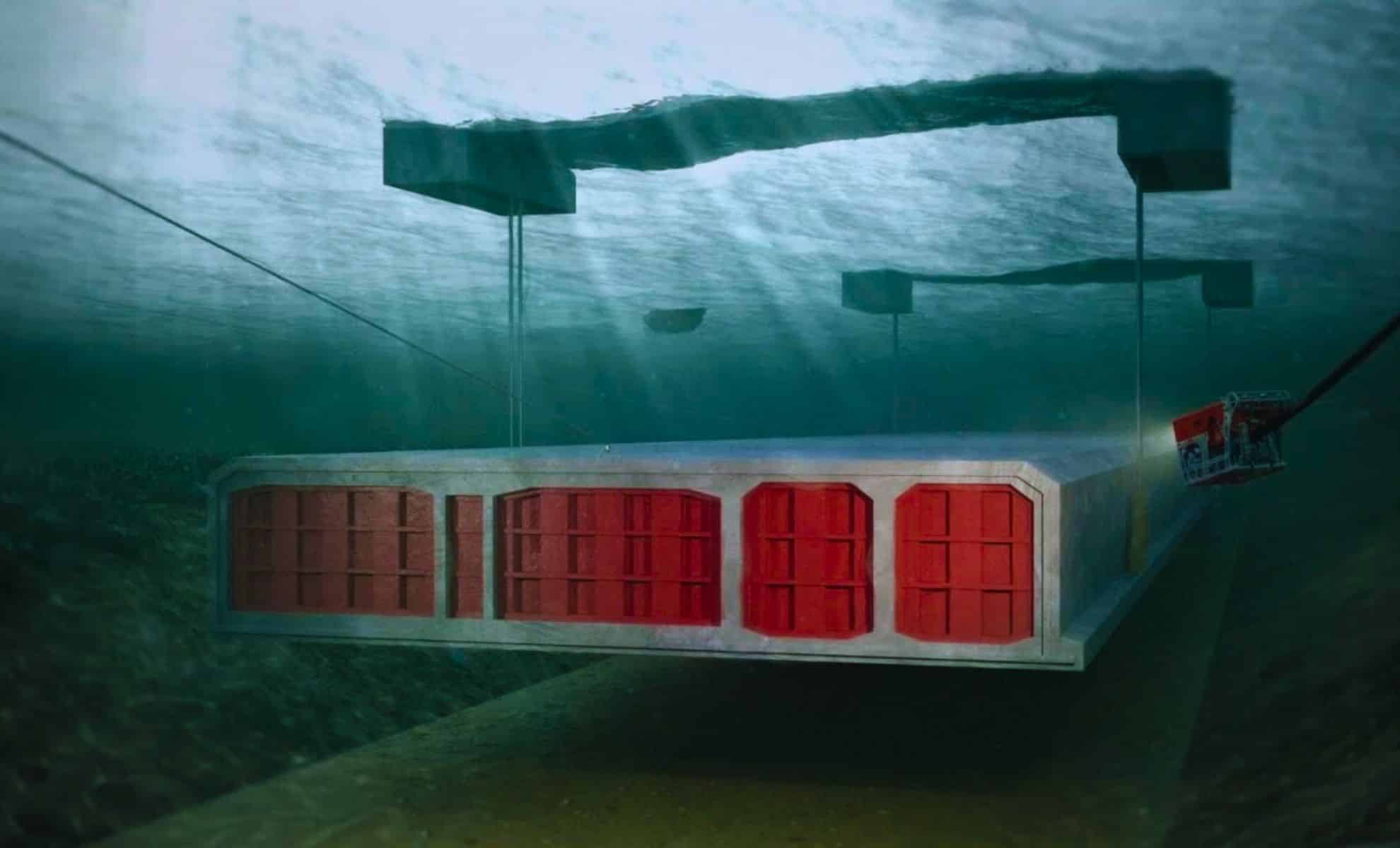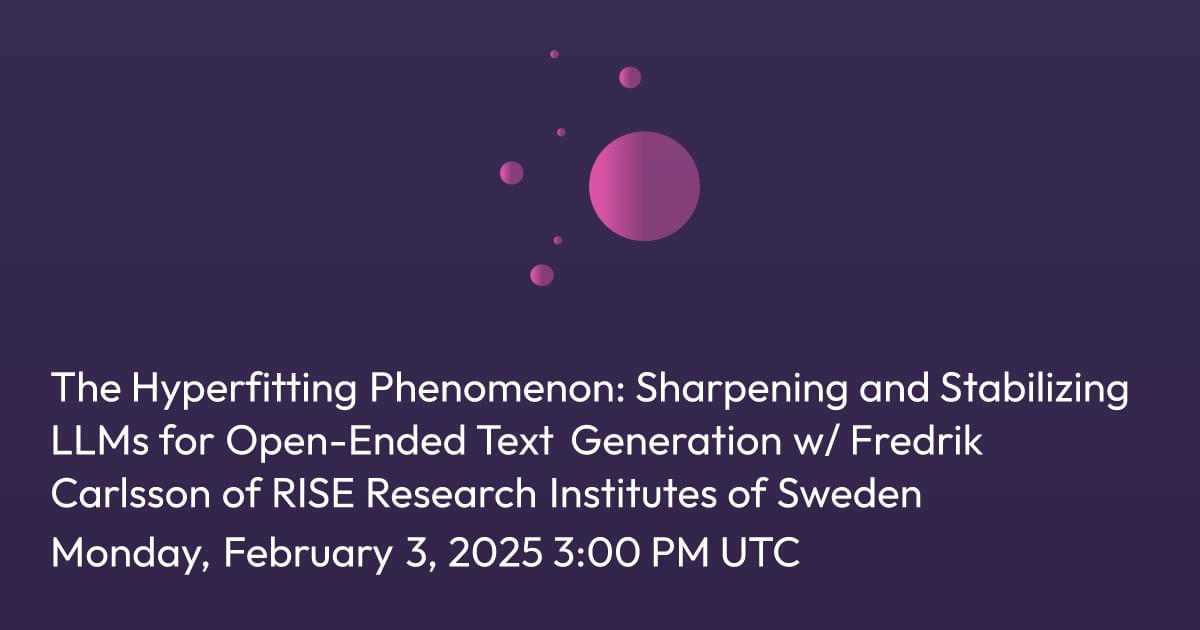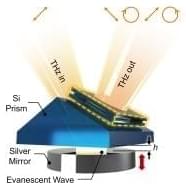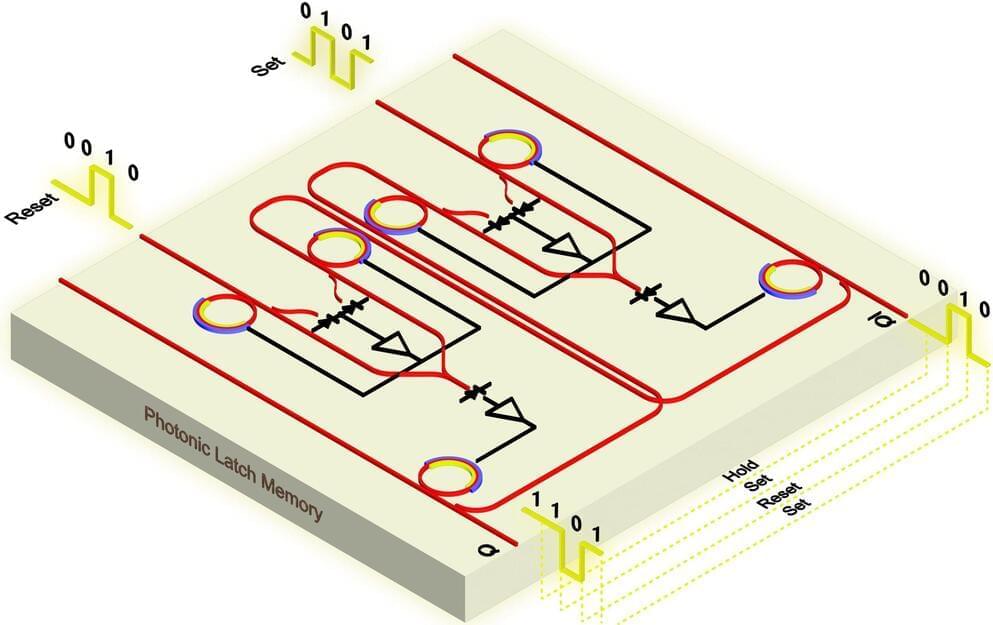Well, I find this a bit disappointing. I was hoping that the contest between global workspace theory (GWT) and integrated information theory (IIT) would be announced sometime this year. Apparently, I’m going to have to wait awhile:
Pitts describes the intention of this competition as “to kill one or both theories,” but adds that while he is unsure that either will be definitively disproved, both theories have a good chance of being critically challenged. It’s expected to take three years for the experiments to be conducted and the data to be analyzed before a verdict is reached.
Three years. And of course there remains no guarantee the results will be decisive. Sigh.







